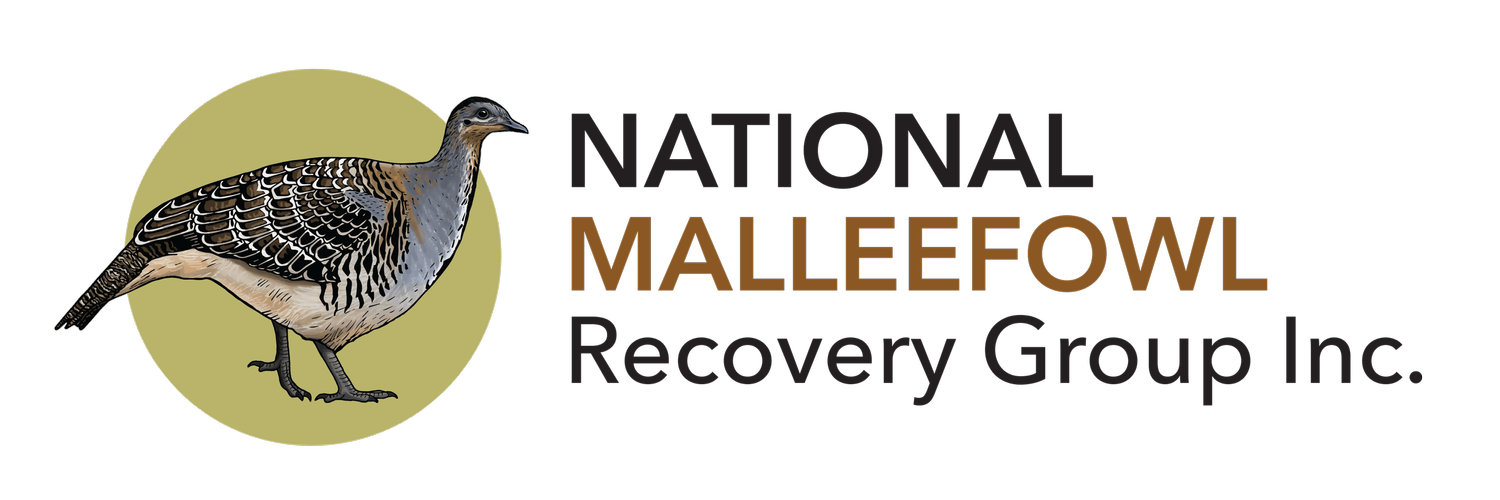REVIVING RIVERINA’S MALLEEFOWL, NSW
BY DAVID KELLETT, RIVERINA LOCAL LAND SERVICES
The past six or so months has been quite busy securing funding and working on what direction the Riverina’s Malleefowl Project will be heading and with the help of Joe Benshemesh (shown below) it is shaping up to be a very exciting project for the next four years. Never before have we received substantial funding allowing us to concentrate on a stand-alone Malleefowl project.
Back in the 80’s John Brickhill wrote that historically Malleefowl occupied around 20% of the Riverina and this area has been reduced to a tiny fraction with the few Malleefowl populations remaining, being fragmented to small habitat remnants. With limited Malleefowl habitat remaining, our main focus for the next four years will be managing these remaining patches by offering landowners incentive payments to undertake Malleefowl conservation projects.
Annual Malleefowl Mound Monitoring Training will be held again in West Wyalong on November 2nd and will be a one-day event followed by our annual mound monitoring.
Graeme Tonkin (NMRT Training Coordinator) will be running the training day this year with help from Mick Webster and Tony Murnane (VMRG).
The Minister for the Environment Sussan Ley was in the Riverina in August and dropped in to inspect one of our Malleefowl projects where we hope to reintroduce Malleefowl in the future. It was great to see Sussan visit the site and see the interest our Malleefowl projects are receiving.
Landowners David Heath and Rodney Guest were both delighted to give Sussan a history lesson about Malleefowl and how they have been protecting several last remnant patches of Mallee in the area. And of course there was lots of name dropping such as John Brickhill and especially Harold Frith.
This year we adopted the Adaptive Management Project techniques for camera trapping and deploying 80 cameras into the field (20 at each site).
Even after just several months we are starting to have a better understanding of some of the issues at each of our sites. We have seen fallow deer for the first time at two of our sites and the staggering high number of kangaroos at all sites is quite alarming. The search is on for new and historical mounds and I am determined to find every mound in the Riverina area within the next four years and have them mapped and monitored to the national standard.


